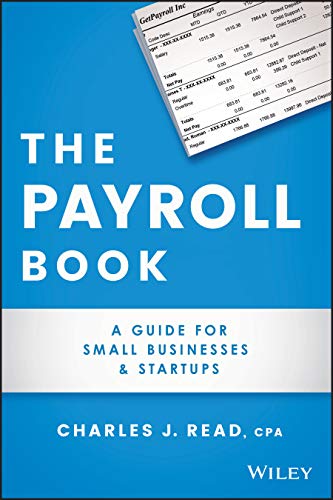Disclosure: This post may contain affiliate links, meaning we get a commission if you decide to make a purchase through our links, at no cost to you. Please read our disclosure for more info.
One of the most important parts of being a business owner is to keep your employees paid. This can be done in many ways, depending on the size and structure of your business, but the payroll is generally one of the most laborious tasks for a business owner – or the payroll specialists they have hired.
Managing your payroll is not always as easy as it might first sound, and sometimes it becomes impractical to keep managing everything manually. Automation can be a great way to overhaul your payroll and aim for faster, more consistent payments – but it also requires some planning.
Why Automate the Payroll?
Automation can save time, money, and focus within a business. When it comes to the payroll processing system, all three of those are important, and automating even a small part of the process (like having to make paystubs manually) can be a significant improvement.
Automating the payroll is generally more about streamlining it all into a single, streamlined process. This can make everything a lot faster and removes some of the most notable bottlenecks, allowing your business to operate more effectively and with fewer delays or setbacks when it comes to managing the payroll.
Even in a smaller business without that many pay stubs to create, automation can free up the business owner or financial specialist to focus on growing the business. This can be important, especially if your business is still struggling to get established.
Using Automated Payroll Software
Software to automate the payroll process is quite varied. Some have a simpler, more streamlined setup, while others are more complex and feature-rich. In general, you want to look into payroll software that simplifies something time-consuming, like having to generate a pay stub for each employee.
In this instance, a paystub generator can provide some major benefits in terms of making paystubs faster. This can allow you to pay employees a lot faster and removes some of the busy work involved in creating payslips. This might seem like a small change, but the results are significant, especially for a larger business that needs to make paystubs for a lot more employees.
Tools like PayStubCreator are a good example since they can be used in a range of ways and adapted to suit your chosen paystub formats and layouts as needed.
By streamlining processes, your employees can get paid more quickly. The first step in automating the payroll is to look at your business and its payroll needs. Payroll solutions that support a specific area you are having trouble with or fix a problem that your business faces regularly can often be better than using generalized tools that do not really change much.
Whether you represent a large business that has to create a lot of paystubs or a small business that does not have a dedicated payroll specialist, you could look into a payroll system that automates the paystub process. This is likely to save you time and, more importantly, ensure your business is paying your employees by expected deadlines.


